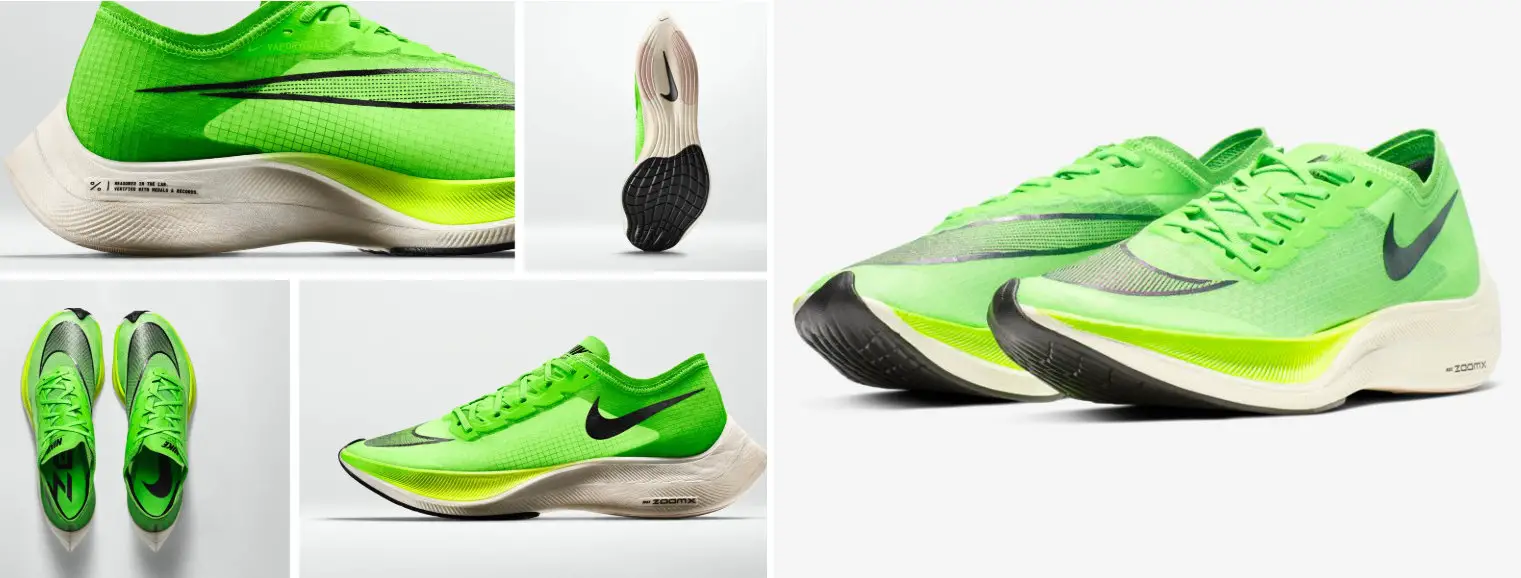From our perspective, it is fundamentally clear that Nike have fundamentally improved running shoe technology. Unlike so many companies that stack their benefits on layers of hype, the Vaporfly actually delivers on the promise of a 4% increase in running efficiency.
While the debate over the legality of the Vaporfly’s is likely to continue for some time, our expectation is that other brands like New Balance, Adidas and Brooks will eventually catch up. In other words, a new barrier of technological performance has been set, and the industry simply needs to adjust. For instance, Hoka One One and New Balance already have shoes available with a similar carbon plate built into the sole. It’s only a matter of time until their foam technology catches up as well.
Even though the Nike Vaporfly’s deliver a performance boost that is comparable to those fancy swimsuits that were eventually banned, the benefits of better running shoe technology appear to outweigh the costs. Professional athletes like running faster, amateur athletes like running faster, and the global running audience has an insatiable appetite for record breaking times.


